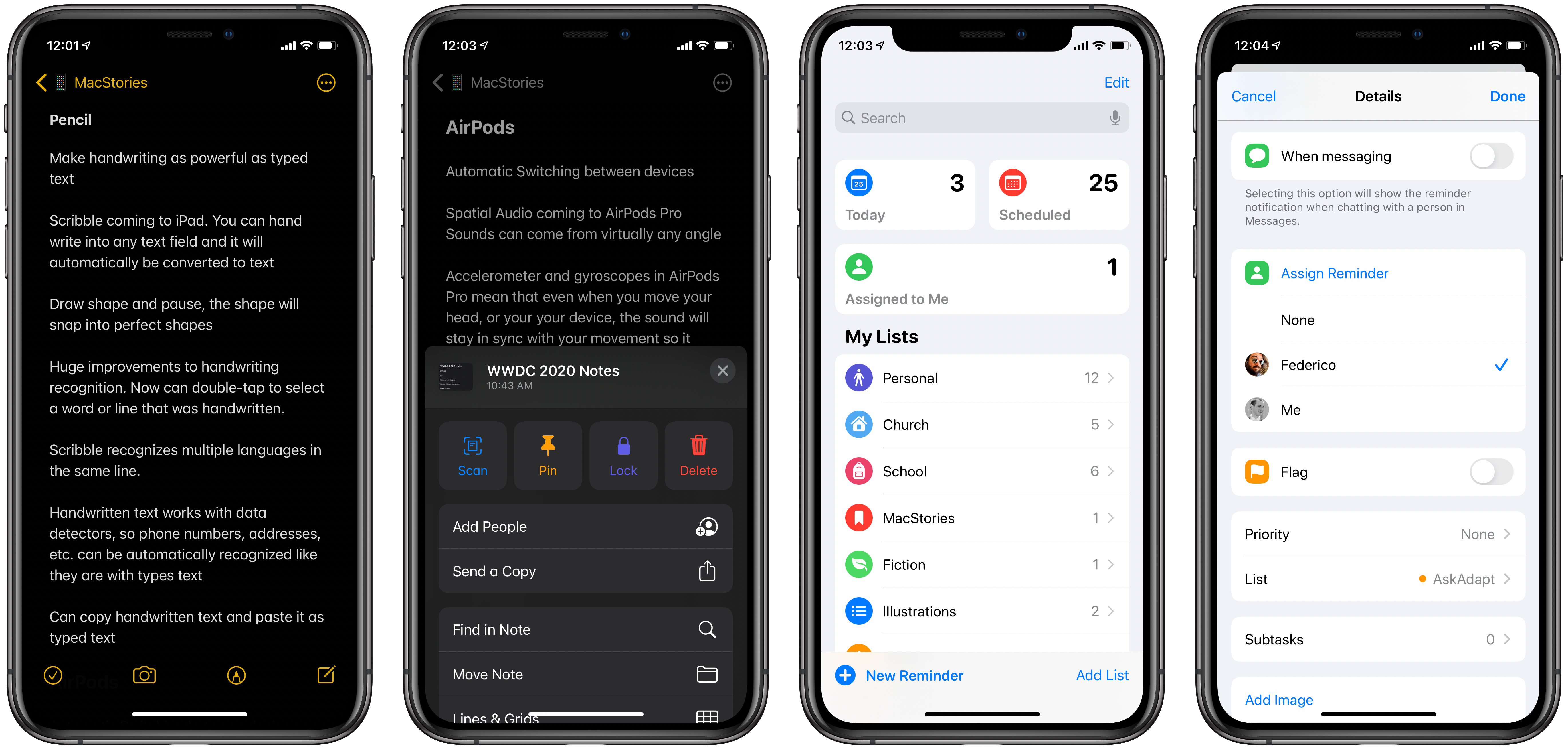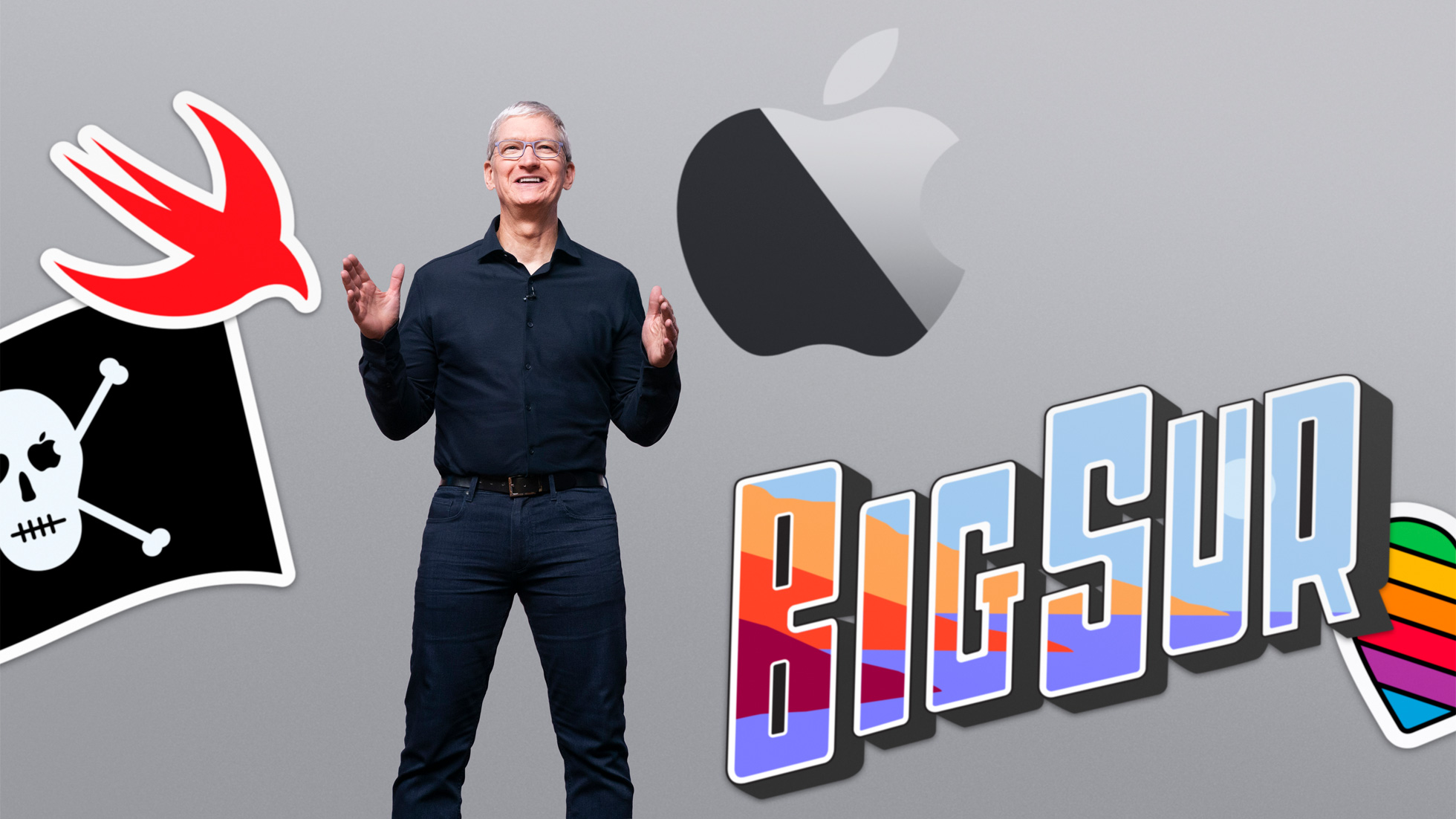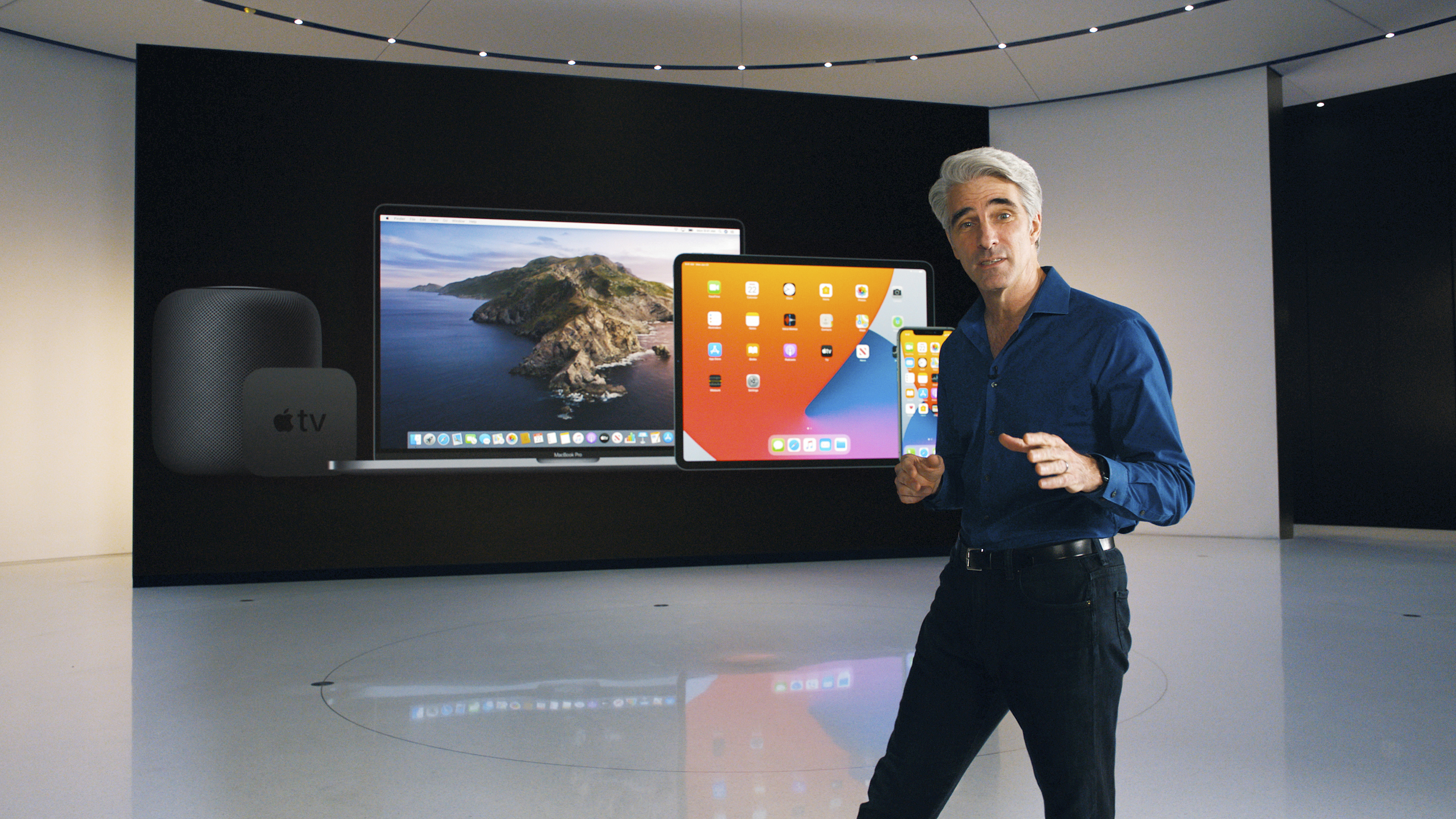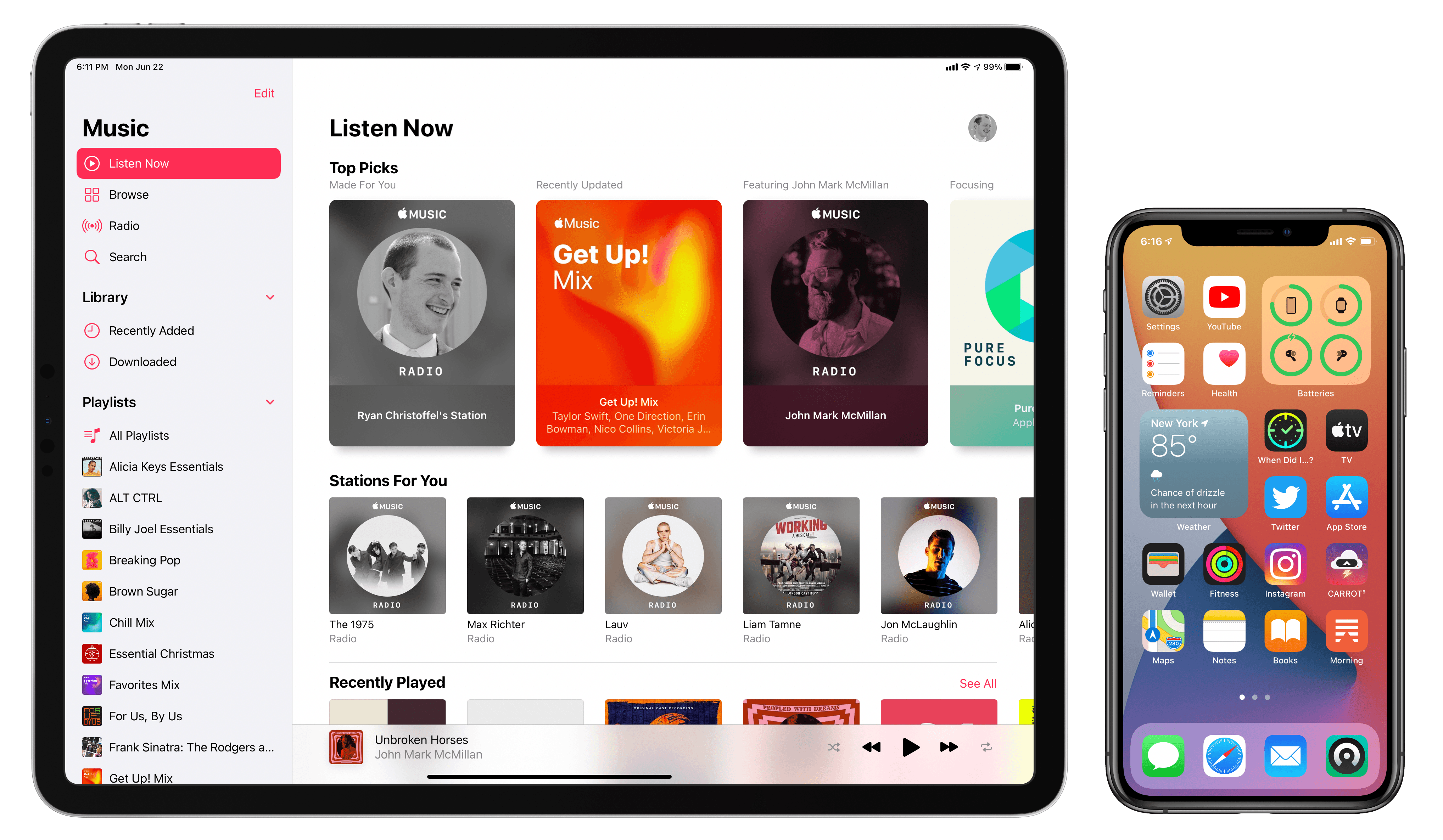Brian Heater at TechCrunch has published a detailed explanation of how the upcoming handwashing feature for Apple Watch works:
The feature, which is built directly into the forthcoming version of watchOS, is designed to work like fitness tracking in a number of ways. For starters, if the user opts into it, it’s designed to automatically trigger when handwashing is detected, starting a countdown timer of 20 seconds. The accelerometer is the key piece of hardware here, waiting for the specific handwashing pattern — which apparently adopts a number of different methods, depending on who’s actually doing the scrubbing.
The system uses machine learning models to tackle different methods, but the system gets an additional nudge from the Watch’s microphone. Along with motion, the app listens for the sound of running water. Even that’s not enough, though — after all, eco sinks have become increasingly popular, meaning that there’s often less water sound to be listening for. The sound of squishing soap takes care of that last bit. It’s got a unique enough audio signature so as to confirm that handwashing is taking place.
Interestingly, the piece notes that this feature has been in the works for years, it isn’t simply a reaction to the current pandemic. I haven’t tried the feature yet, but I’m anxious to see if it works as advertised. If it’s unreliable, I’ll surely leave it turned off, but if it works well it could be a valuable aid to preventing the contraction of COVID-19. At the very least, I’m always happy to see Apple explore new areas of health.










